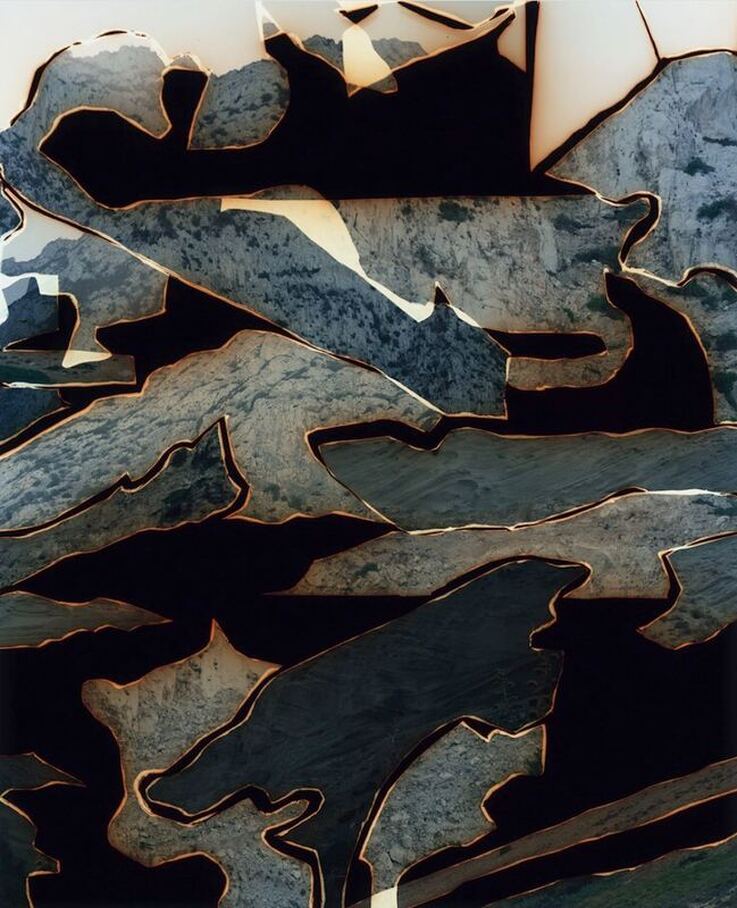Gustave Le Gray
Gustave Le Gray (1820–1884) is known as the most important French photographer of the nineteenth century because of his technical innovations in the still new medium of photography, his role as the teacher of other noted photographers, and the extraordinary imagination he brought to picture making.
The Great Wave
The Great Wave, the most dramatic of his seascapes, combines Le Gray’s technical mastery with expressive grandeur. He took the view on the Mediterranean coast near Montpellier. At the horizon, the clouds are cut off where they meet the sea. This indicates the join between two separate negatives. The combination of two negatives allowed Le Gray to achieve tonal balance between sea and sky on the final print.

Dafna Talmor
Dafna Talmor is an artist and lecturer based in London whose practice encompasses photography, curation and collaborations. Her photographs are included in public collections such as Deutsche Bank, Hiscox and private collections internationally.
Constructed Landscapes
Dafna Talmor’s Constructed Landscapes is an artful study of the complex landscape that underpins the process of photographic creativity. In this ongoing body of work, Talmor combines colour negatives of landscapes that she has been collecting for years and transforms them into visually striking compositions that are devoid of man made structures.

Similarities/differences
Both images are constructed with multiple negatives creating differing effects. The Great Wave connects the two negatives on the horizon equally separating the image. Most photographers found it impossible to achieve proper exposure of both landscape and sky in a single picture. Le Gray solved this problem by printing two negatives on a single sheet of paper: one exposed for the sea, the other for the sky. Whereas Constructed Landscapes condenses multiple time frames by collaging negatives to construct an image, gaps and voids where negatives fail to meet or overlap disrupt composition and distort perspective.





















